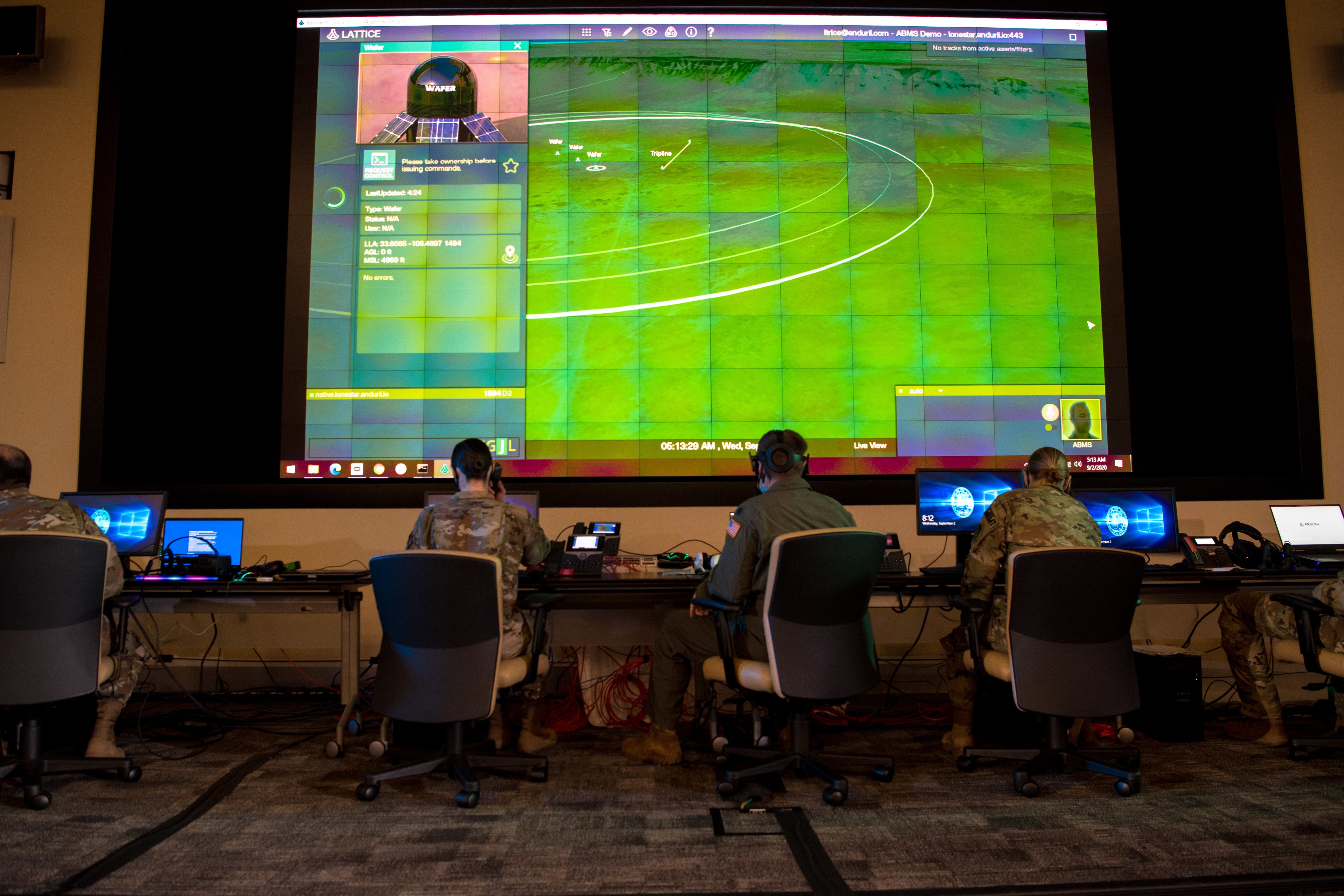WASHINGTON — The Pentagon’s Joint All Domain Command and Control strategy is nearing completion, with the document likely heading to Defense Secretary Lloyd Austin’s desk in the coming days.
Lt. Gen. Dennis Crall, the top official on JADC2 for the Joint Chiefs of Staff, said at the C4ISRNet Conference Wednesday that the plan has been reviewed by Deputy Secretary Kathleen Hicks and Gen. Mark Milley, the chairman of the Joint Chiefs.
Both leaders gave inputs that should be completed in a few “days,” Crall said, with the document then heading up to Austin for signing out. That document, once finalized, will “codify the lines of effort and really our approach to delivering the capabilities required to JADC2,” Crall noted.
That document will come with an unclassified version, which Crall said would be “pretty satisfying” for those outside the department. He indicated that the only lines of effort that would be left out of the unclassified version relate to the nuclear command and control mission.
“What is classified of course are some of the details surrounding that particular line of effort,” he said. “The other lines of effort that we have listed are pretty open, and I think ... the readers will be able to get the full sense of the direction JADC2 is heading, and maybe some of the delivery milestones to look into.”
The strategy will be followed by two further documents that Crall said were “hot on the heels” of the strategy. The first is the gap analysis, or posture review, a document that looks at what needed capabilities are missing for the department — in essence, a to-do list for acquisition and development.
Finally comes the implementation plan, which will lay out “the plan of attack and milestones, the very specific delivery dates, and what type of delivery we’re expecting and when,” Crall said. “So, really the rubber meets the road in that document, and we’ve just now started to identify the leads for those discrete pieces of JADC2 and when those delivery order and timelines will be met. So that’s really where the pressure lies, and I think we’re on a pretty good pace to deliver.”
More broadly, Crall raised two big-picture issues with how industry is pitching him capabilities, laying out a pair of requirements that any industry player hoping to cash in on the JADC2 boom needs to keep front of mind.
The first is that he is dedicated to avoiding “vendor lock,” a situation where one specific company has a monopoly over a key technology. “We’ve got to be careful that whatever solution we have is open,” Crall said, adding that he is “certainly concerned” with getting locked in with one industry player.
The second is for industry players to stop bringing technology that has only been tested in labs, and for companies to start using these capabilities in real-world scenarios before showing up at his door.
“I start my analysis at the tactical edge and work backwards. And many of the things that they look at, you know, that’s at least briefed to me is, it works very well in a robust safe, stable environment. And [industry says] why don’t we go with that, then we’ll work our way toward that tactical edge. Those have been losing propositions for me,” Crall said.
“I want to see this work on a ship. I want to see this work in an austere environment. I want this to work in an area, whatever solution we’re discussing, where the adversary is trying to squeeze me for bandwidth and continuity in that denied or challenging environment. That’s where we live in the war fight.”
Aaron Mehta was deputy editor and senior Pentagon correspondent for Defense News, covering policy, strategy and acquisition at the highest levels of the Defense Department and its international partners.








